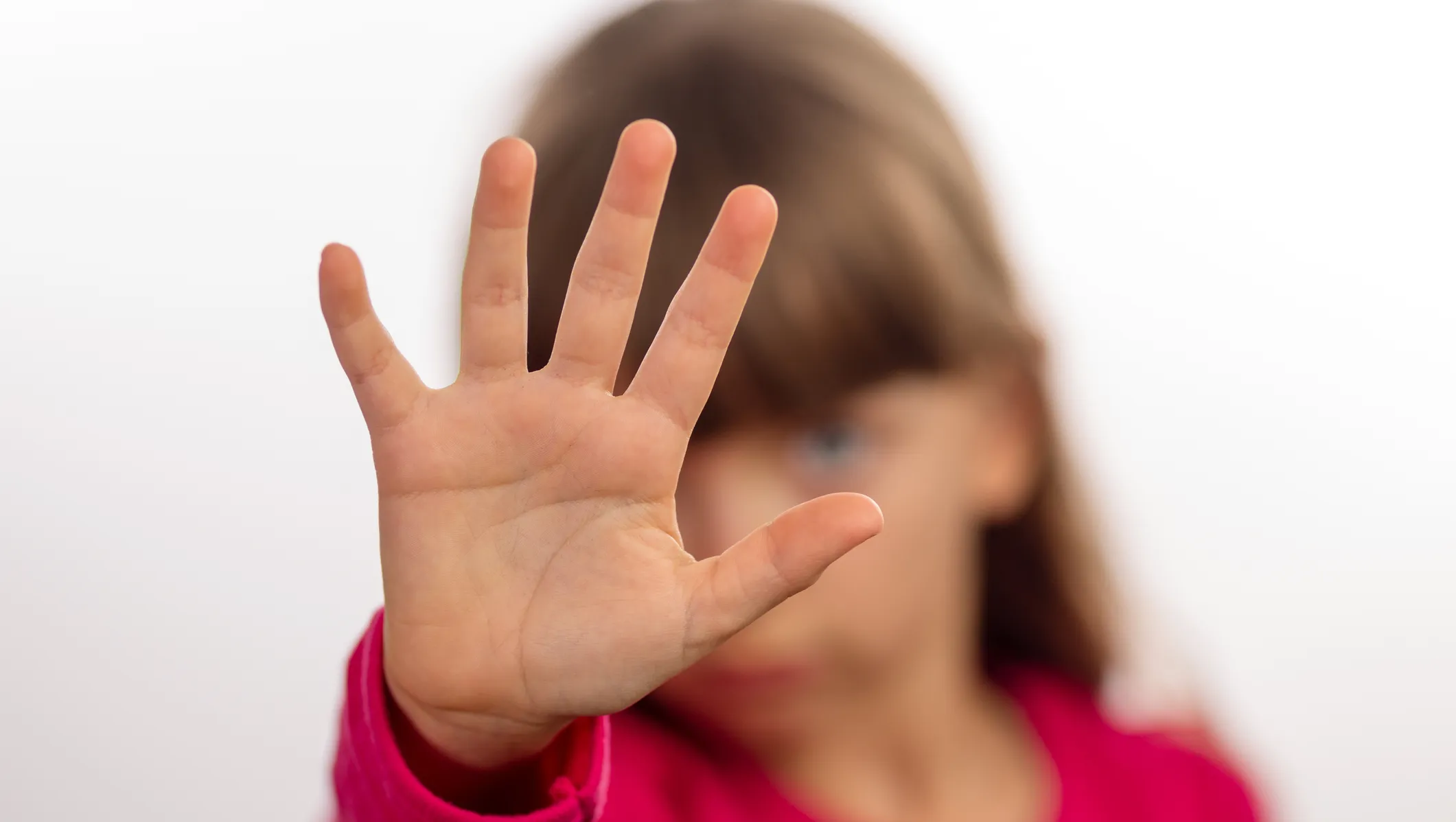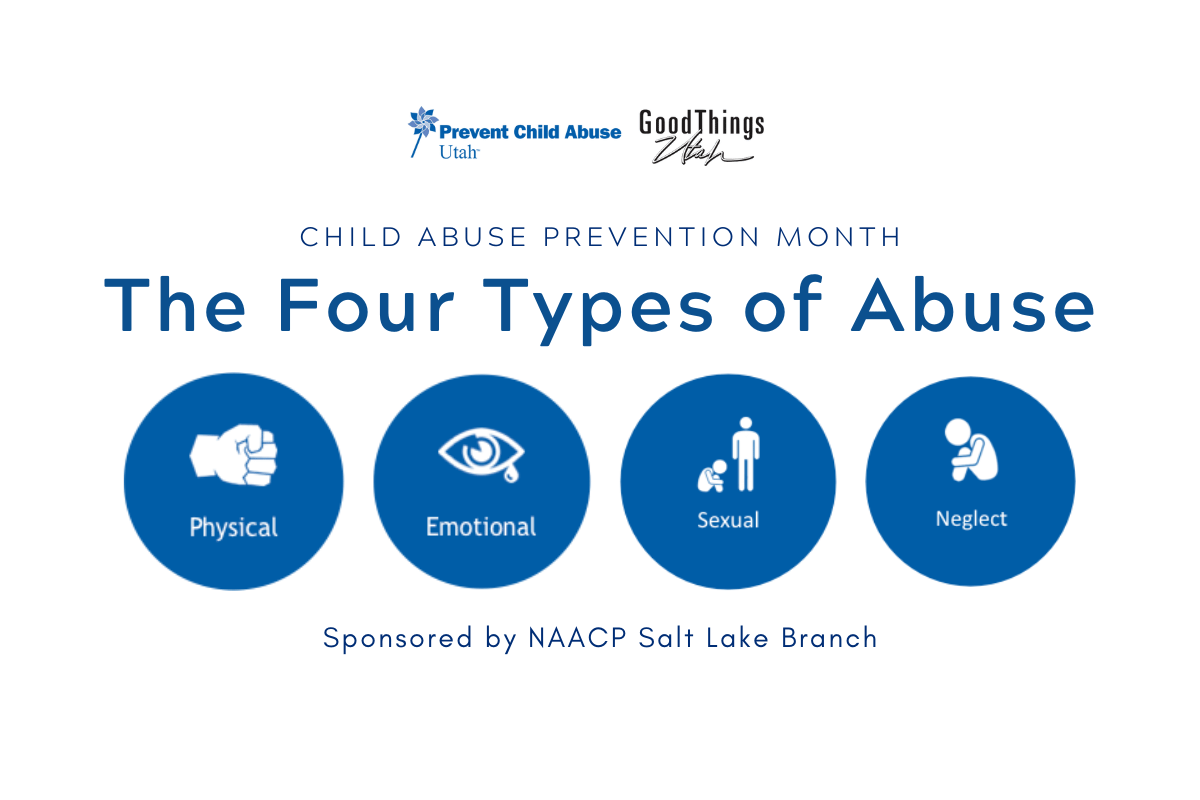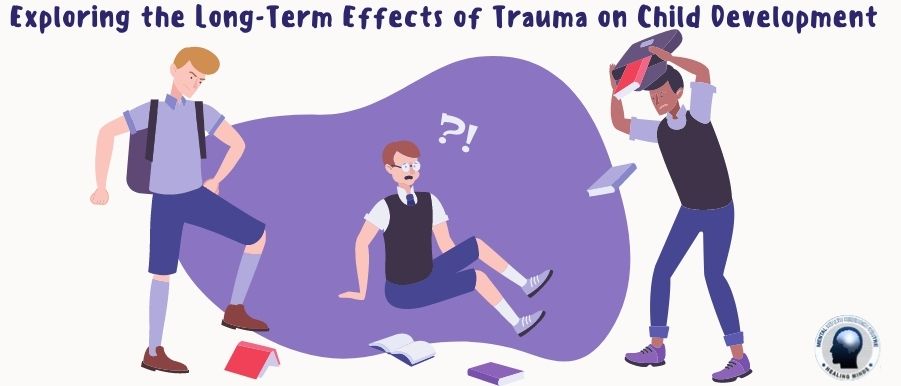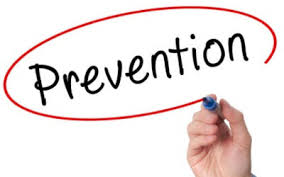Introduction
Child abuse, the willful infliction of pain and suffering upon children, is a grievous crime that society strives to eradicate. Despite the stringent laws against it, child abuse remains pervasive, often going unreported and unpunished due to overlooked evidence or fear among child victims. Prior to the 1970s, child abuse primarily referred to physical mistreatment, but contemporary definitions encompass various forms, reflecting the complex nature of this issue.
This website will explore three main aspects of child abuse: types of child abuse, its impact on child development, and prevention and intervention strategies.

Types of Child Abuse
Child abuse can take many forms, including physical abuse, emotional abuse, sexual abuse, and neglect. Each type of abuse can have long-lasting effects on a child's physical and emotional well-being.

Impact on Child Development
The impact of child abuse on development can be profound and long-lasting, affecting emotional, psychological, and physical growth. Early intervention is crucial in mitigating these effects and providing support to the affected children.

Prevention and Intervention
Preventing child abuse requires community awareness, education, and strong intervention programs. It's essential to provide resources and support for both children and their caregivers to prevent abuse and intervene effectively when it occurs.

Types of Child Abuse
Child abuse can take many forms, including physical abuse, emotional abuse, sexual abuse, and neglect. Each type of abuse can have long-lasting effects on a child's physical and emotional well-being.